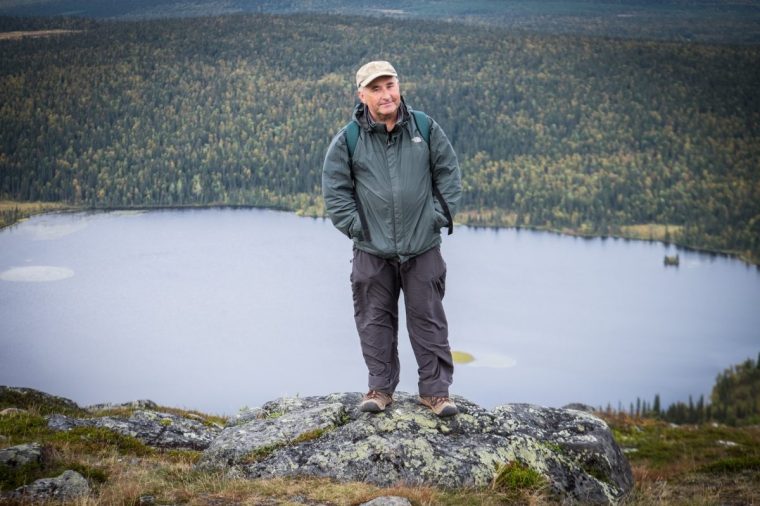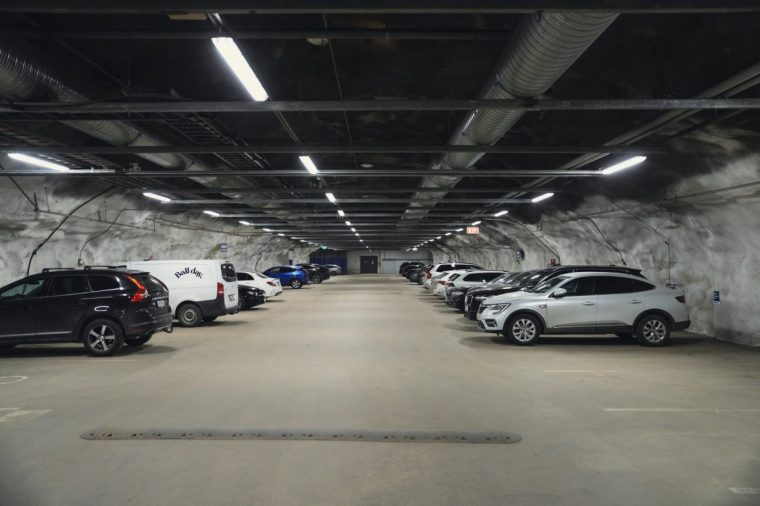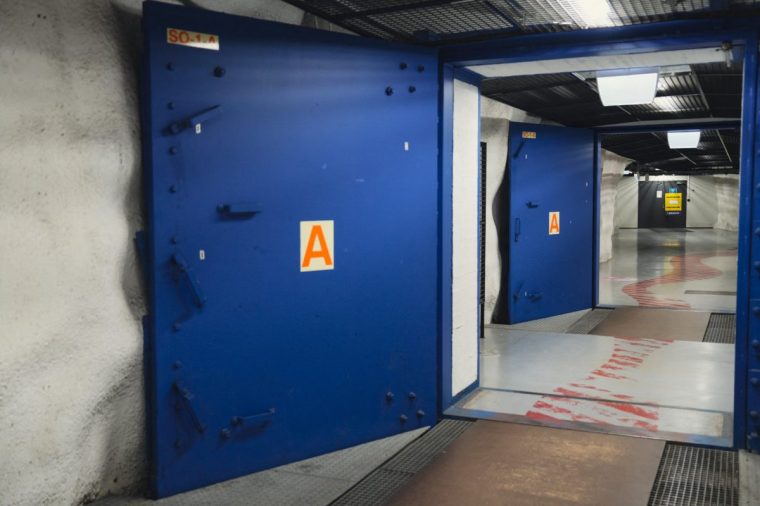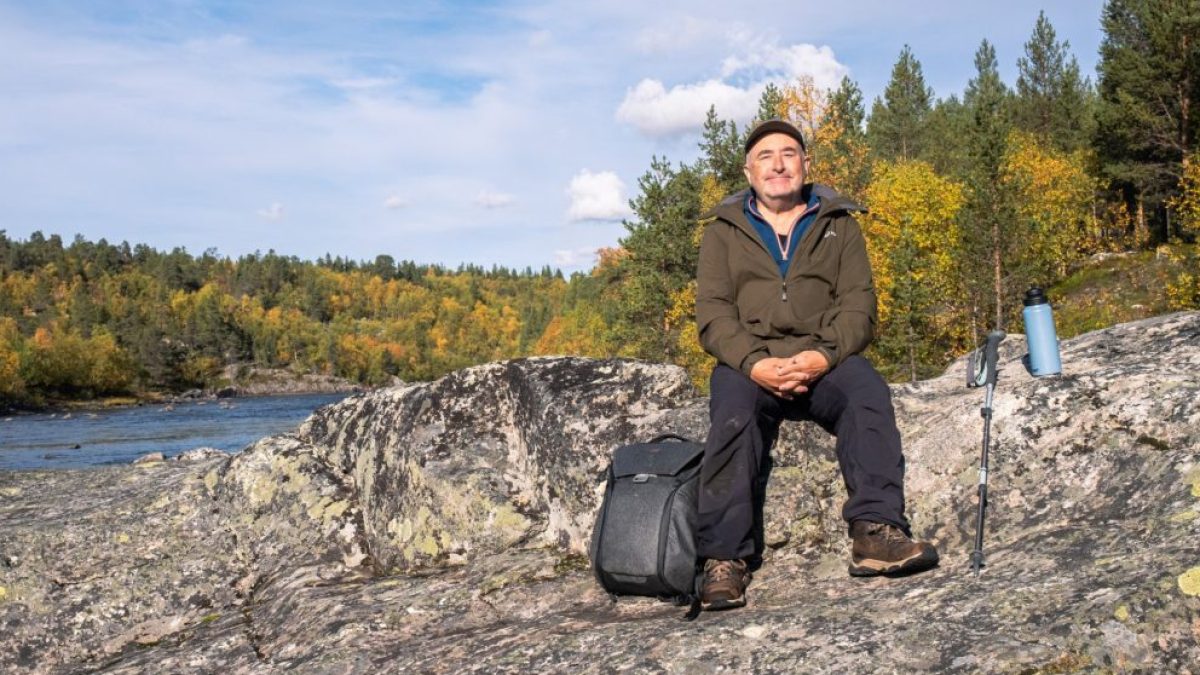As Keir Starmer sets out plans to get war ready, a writer describes life in the Nordic country that’s renowned for preparedness – and how he dodged conscription
Uniforms have never been my thing. When I was a grammar school boy in England in the 1960s and 70s, our school had a Combined Cadet Force – a kind of youth militia, parading in ill-fitting uniforms encouraged to leap and swing through a woodland assault course. With the war still fresh in my parents’ minds, they were keen, but, ever the wimp, I persuaded my mother to write me an exemption letter from the CCF on the grounds that I was already in the Scouts. Soon after this successful ploy, to my mother’s annoyance, I left the Scouts.
So it’s funny that I ended up in Finland, widely considered a world leader in war preparedness. I’ve called the country home since 1982, when I moved here as an English teacher.
There’s no school-age equivalent to the CCF (I was surprised to learn it is still an option for British school kids, sponsored by the Ministry of Defence). But its extensive defence preparations range from obligatory civilian conscription, to a vast network of defence shelters and population awareness programmes.
With an 800-mile border with Russia – the longest of any EU or Nato country – Finland has a long history of dealing with neighbourly aggression. It was a Grand Duchy of the Russian Tsarist Empire until it gained independence in 1917. Then during the Second World War, it fought against the Soviet Union in both the Winter War (1939-1940) and the Continuation War (1941-1944). It successfully managed to prevent occupation, although in a land grab now familiar to Ukranians, the Soviets did take a significant chunk of eastern Finland which today remains on the Russian side of the border.
 Bird has lived in Finland for over 40 years (Photo: Fran Weaver)
Bird has lived in Finland for over 40 years (Photo: Fran Weaver)
As tensions rise further between the Kremlin and the West, Finland is not resting on its laurels. The government recently successfully tested its ability to run a war economy, and has increased its production of ammunition, and begun storing military equipment outside its national borders. With Keir Starmer announcing the UK is moving to ‘war readiness’ – there is a renewed focus on the model set by Scandinavia.
One of the most obvious ways this is done is with Finland’s national conscription programme. A period of conscription to one of the armed forces is obligatory for all able, stable male citizens from 18 to 60, while women can volunteer for service. Since 1918, this has provided Finland with a ready-made, trained and motivated potential wartime fighting force of some 280,000, in addition to a core professional defence force of some 24,000.
Conscription in the UK was abolished in 1960, when I was five years old. And since I only took Finnish citizenship at the age of 65, after Brexit, I was able to dodge it here too. There has been renewed talk of conscription in the UK as Starmer and his government seek ways of boosting the annual national defence spending to three per cent of GDP, with the general response among young Brits being horror and outrage.
Indeed, even after all those years of my Finnish residence, I’m still amazed at the general acceptance of National Service here. I can’t imagine interrupting my own years of dedicated service to the British brewing industry at university in the mid 1970s to take up arms, even temporarily.
But for many young Finns, the experience of running around with heavy backpacks in deep snow in subzero temperatures is just another rite of passage, along with graduation and christenings – they complete between 165 and 347 days.
Beyond conscription, Finland has made strategic geopolitical moves, joining Nato in April 2023. Before Russia attacked Ukraine in 2022, nearly everyone I know in Finland was cautious about joining Nato. A degree of neutrality combined with political and cultural Western alignment had served us well. But public opinion swayed dramatically in favour of membership. Even my wife, previously a consistent protestor, thought it was a sound idea.
As one of Nato’s newest members, it is a net provider of armed resources to the alliance’s Forward Land Forces (FLF) as well as a potential beneficiary of NATO support.
Finland is also strengthening the fences in the most vulnerable sections of the border. (The border has been completely closed since 2023 – the trains that used to run to Moscow and St Petersburg stopped running.) None of this has gone unnoticed by the Russians, who have been boosting their own presence with more troops, and new military warehouses and airfields.
Then there are the bunkers. All buildings with a floor space of at least 1,200 square metres must have a civil defence shelter that could be made available within 72 hours of a government order. The warren of underground car parks and sports facilities that spread below much of the capital Helsinki might be typical of thoughtful Finnish city planning, but it has an important parallel potential function as an enormous civil defence shelter facility. Across the whole country, as of 2023, Finland had about 50,500 civil defence shelters of different kinds, with the capacity to accommodate about 4.8 million people.
 Parking places in the Merihaka civil defence shelter in Helsinki, Finland. Swimming pools, playgrounds and other underground facilities are doubling up as bomb shelters (Photo: Alessandro Rampazzo / AFP via Getty Images)
Parking places in the Merihaka civil defence shelter in Helsinki, Finland. Swimming pools, playgrounds and other underground facilities are doubling up as bomb shelters (Photo: Alessandro Rampazzo / AFP via Getty Images)
We’ve all been sent a state-approved recommended checklist for crisis preparedness that offers advice about emergency supplies, from stocking up on bottled water, flashlights, batteries and an amount of cash, to essential medicines and easy-to-prepare packaged food, which should be kept in your house.
I have to admit – without wanting to make myself and my Finnish wife an easy target – my suburban Helsinki house isn’t as well stocked with these items as perhaps it ought to be. I’ve got my eye on some friends who have a verdant and richly productive allotment not too far away. If the neighbours are better prepared than us, they’re not letting on. But I’m comforted to know that state-prepared stockpiles of fuel, grain and pharmaceuticals would be available to myself and my fellow citizens in the event of any conflict.
Nobody here wants to see any of these preparations and facilities put to the test, but there is some comfort in knowing they exist for any worst-case scenario.
One might think that such necessity to be on a constant war footing would make Finns fearful or panicked – and it’s true the pharmacies sold out of iodine tablets in the early days of the Ukraine invasion. But they are also known for their pragmatism. While there is heightened awareness of a possible threat from the east, there is no sense of imminent conflict. “Having patience is a Finnish virtue,” said the Finnish President Alexander Stubb in a speech last year. “Let us not react on impulse to every little noise we hear.” The Covid-19 pandemic was met with a similarly calm, unified and obedient response, apart from an initial supermarket rush on pasta and toilet paper.
 Security doors in a civil defence shelter in Helsink (AFP via Getty Images)
Security doors in a civil defence shelter in Helsink (AFP via Getty Images)
It might be this national mentality of acceptance and calm that explains the country’s status, for eight consecutive years, as the world’s happiest, according to the UN World Happiness Report. Happiness, as in contentment and life satisfaction, that is, rather than endless jokes and laughter. Enhanced patriotism and national identity are not unusual for countries with small populations – Finland’s is about 5.6 million – and they are even more enhanced when people have good historical reasons to be wary of their neighbours.
In any case, the Russians should be wary of trying it on with Finland; in their attempted invasion, the aforementioned Winter War in 1939-40, the Soviet Red Army suffered estimated fatalities of well over 120,000, compared to a corresponding death rate of about 26,000 for the defending Finns.
For a small population, they are prepared, and they wouldn’t go down without a fight.
